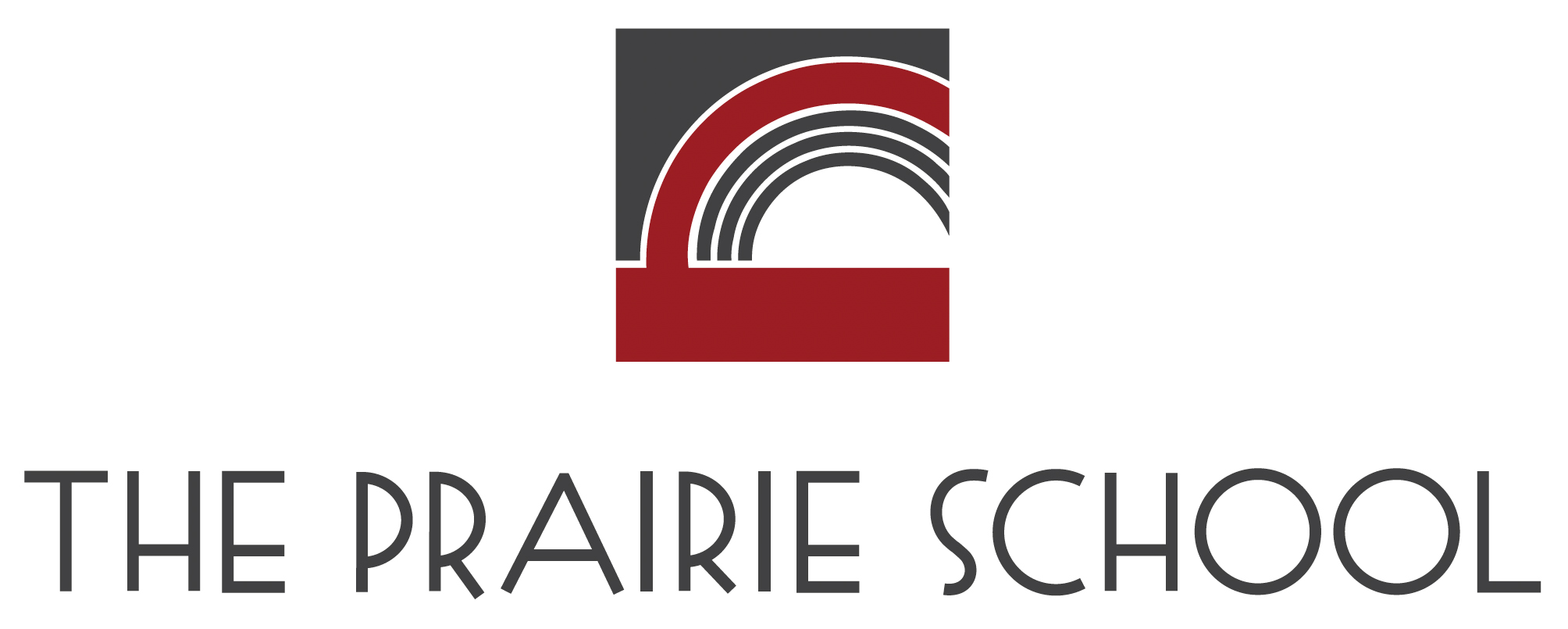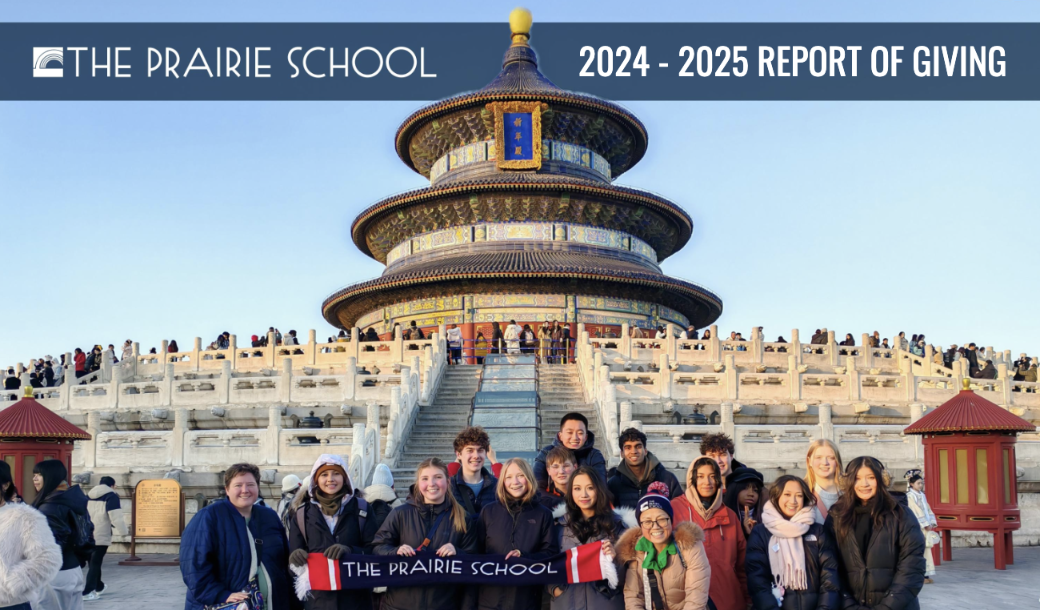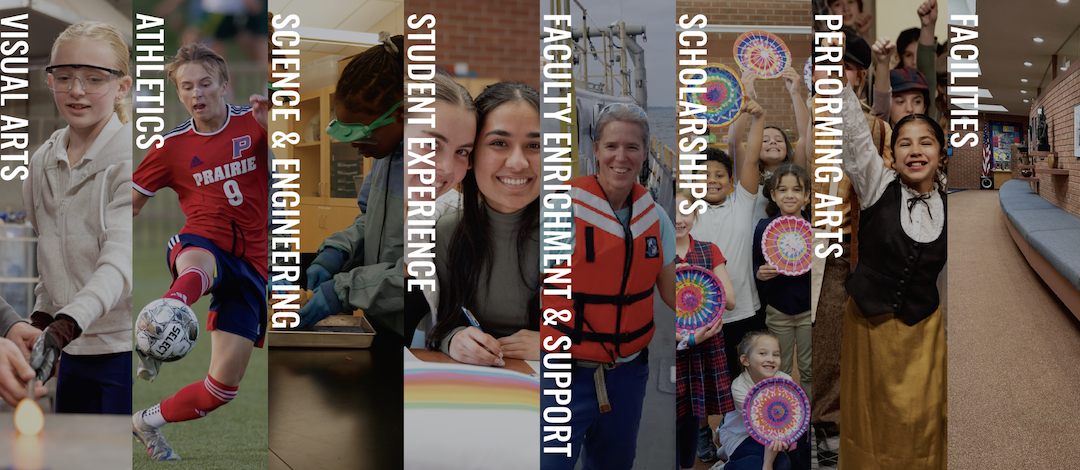Why Choose an Independent School?
You may be wondering how the benefits of enrolling your child at an independent school like Prairie may compare to the initial costs of the education.
Prairie is “independent” in two extremely critical ways:
- Independent in governance: TPS is organized as a not-for-profit corporation governed by a Board of Trustees with legally-mandated fiduciary duties and responsibilities;
- Independent in finance: TPS charges tuition and raises money to operate as opposed to being supported primarily by public monies.
It is the independence of independent schools that offer the four essential freedoms that make them strong and highly effective:
- The freedom to define their own mission and values (why they exist, whom they serve) and their approach.
- The freedom to regulate admissions (admitting students who will best benefit from the school’s mission and approach).
- The freedom to define teacher credentials, expectations, and performance.
- The freedom to teach what the teacher decides is important (free from state curricular and textbook mandates).
Research conducted by the National Association of Independent Schools (NAIS) shows that families choose independent schools primarily because they perceive the quality of teaching to be exceptional and the character education or moral climate to be appropriate. On a national basis, the typical independent school often has more diversity (ethnically, socioeconomically, racially) than neighboring public schools. The Prairie School’s student body is 21% diverse.
The socioeconomic diversity at Prairie is supported by a significant commitment to financial aid. Prairie students come from a wide range of family income levels and 52% of our current students receive financial/scholarship assistance.
Prairie is also different in terms of the effectiveness of our partnership between our parents and the school. We speak in a unified voice about a common set of goals, values, and desired outcomes – and it is this coalescence between parental and school voices that points students toward achievement and guides them toward commendable behaviors and good citizenship.
It is easy to see and feel the difference at Prairie as soon as you walk in the door. Our hallways have small groups of students walking purposefully, respectfully, and happily. Our lively classrooms are brightly-lit, well appointed with state-of-the-art technologies and robust discussion. Rarely will you see TPS students slumped in their seats; rather, you will see them drawing on whiteboards, circled up singing on the floor, participating in a science experiment, or standing at the front of the room addressing their classmates. Culture like this and experiences like these are what distinguish Prairie from our educational counterparts.
National Association of Independent Schools (NAIS) Parent’s Guide to Selecting an Independent School
The National Association of Independent Schools (NAIS) describes the following attributes typical of its member schools – and in response to the question: “What makes an independent school worth the investment?” *
* National Association of Independent Schools report, 2013.
















